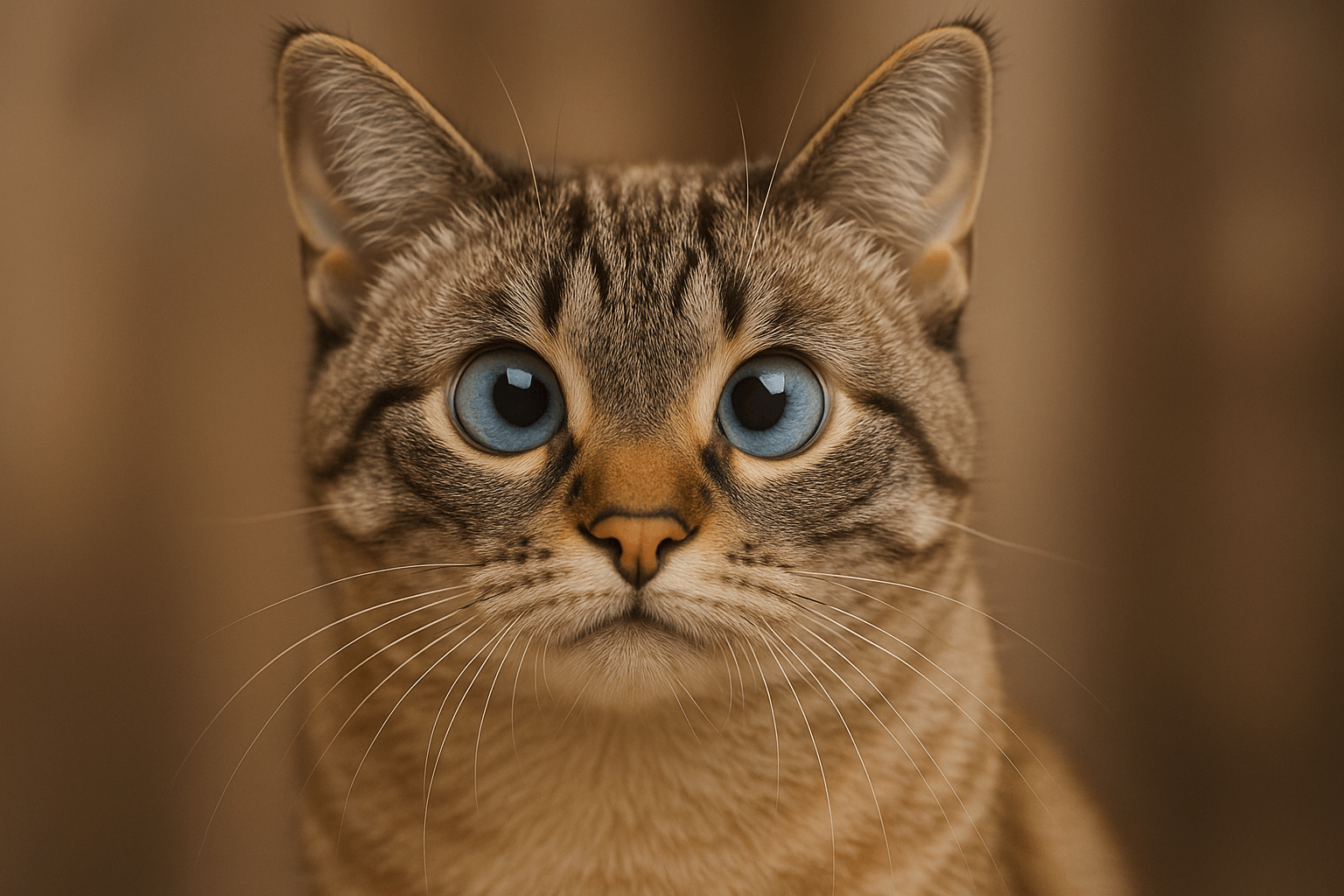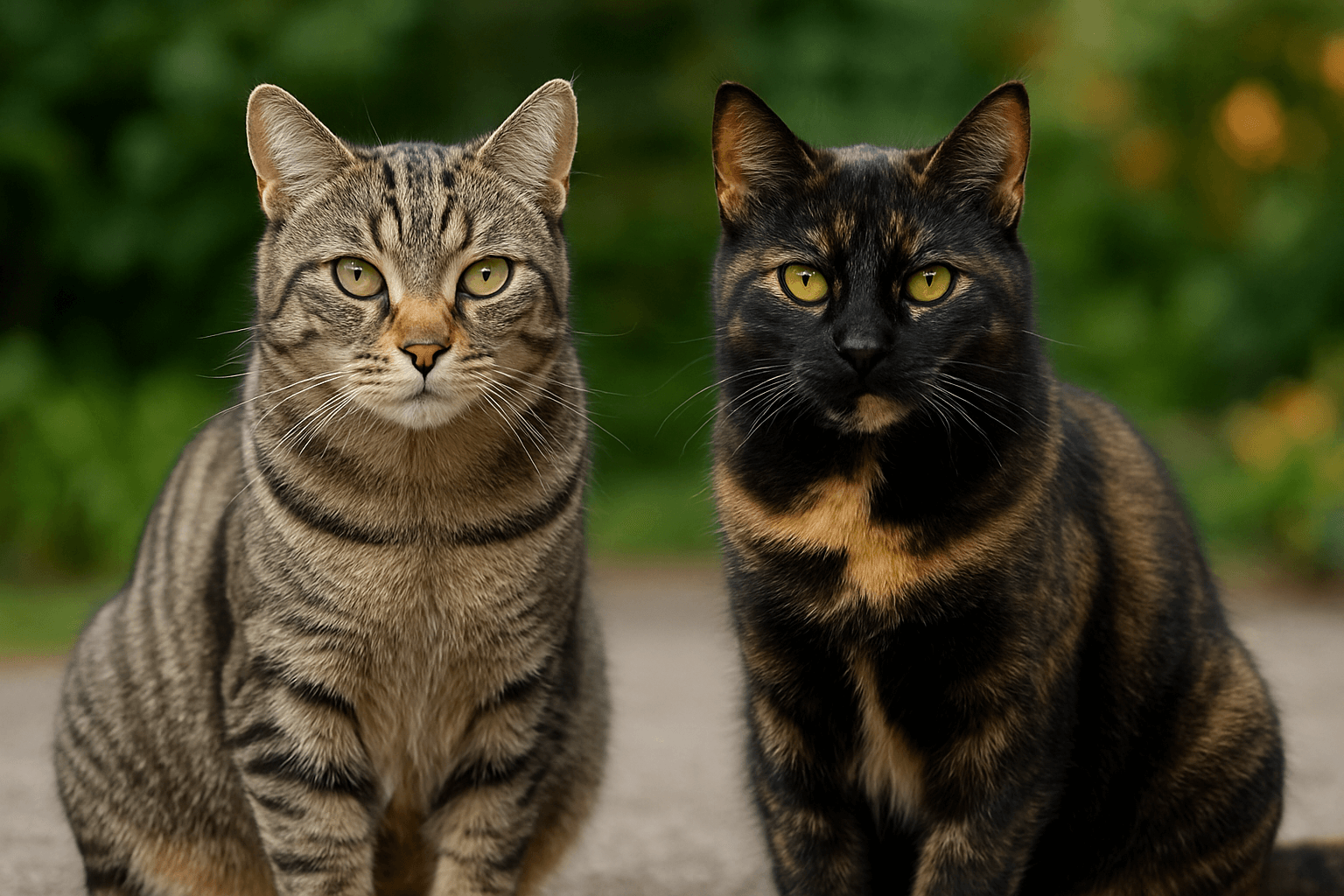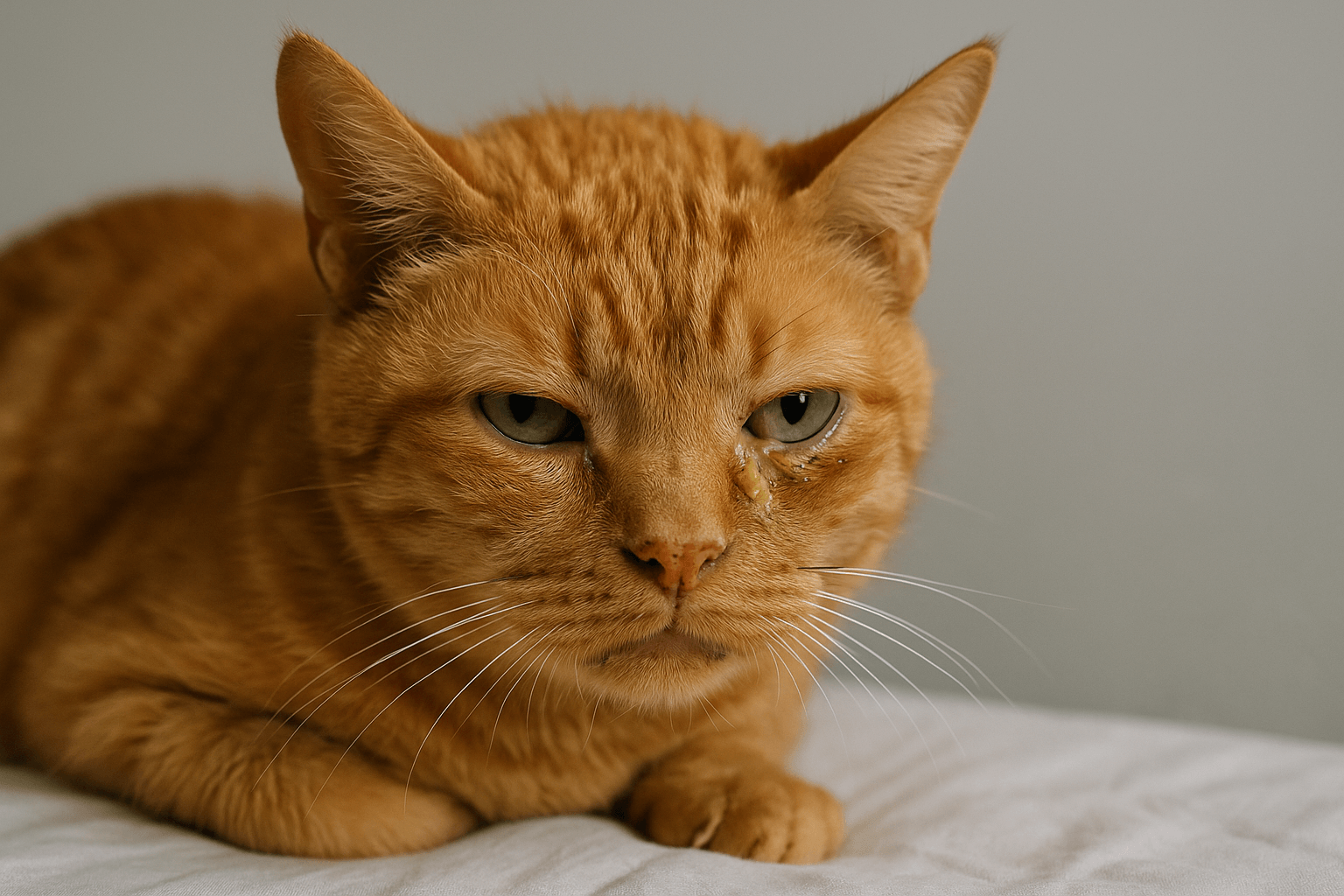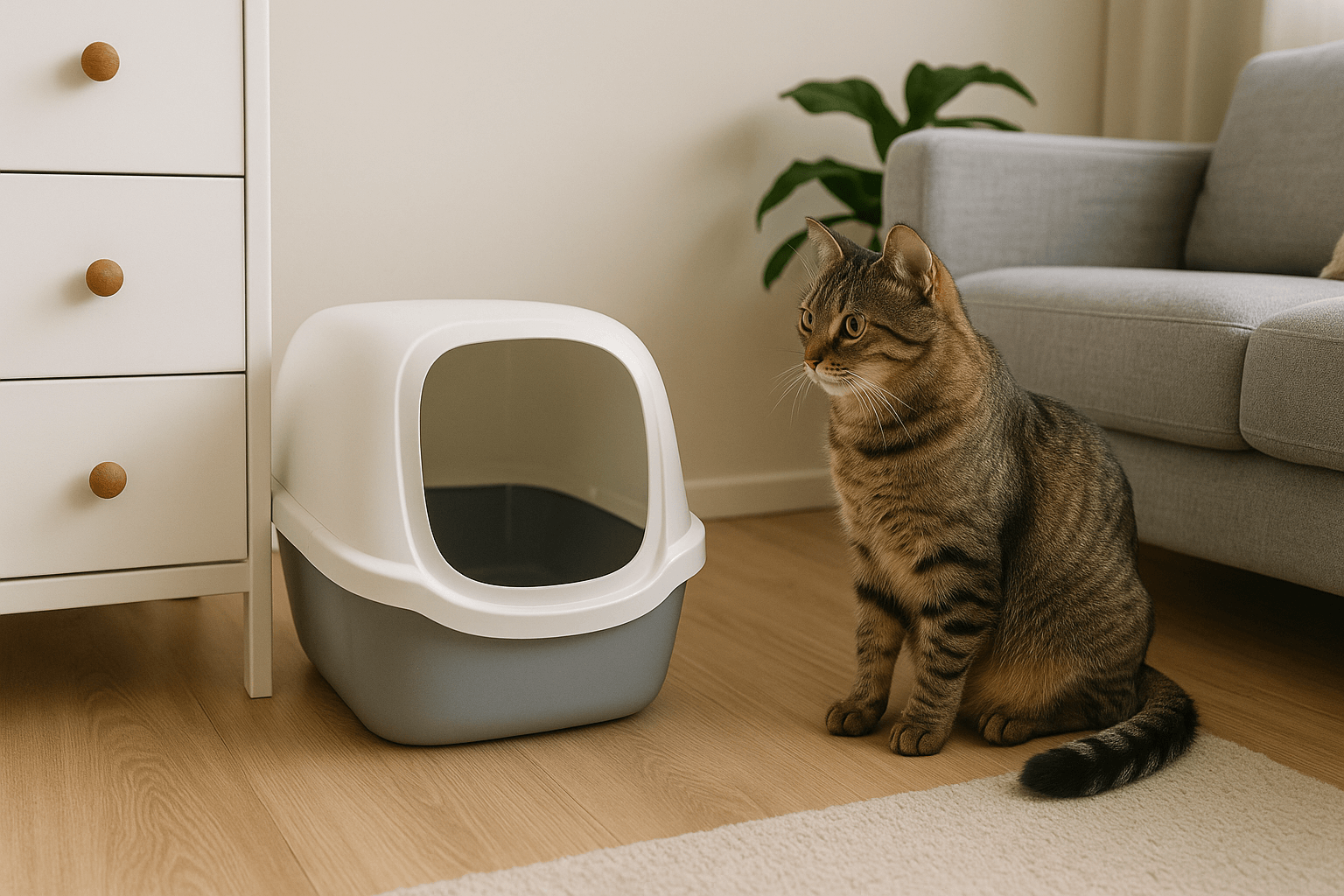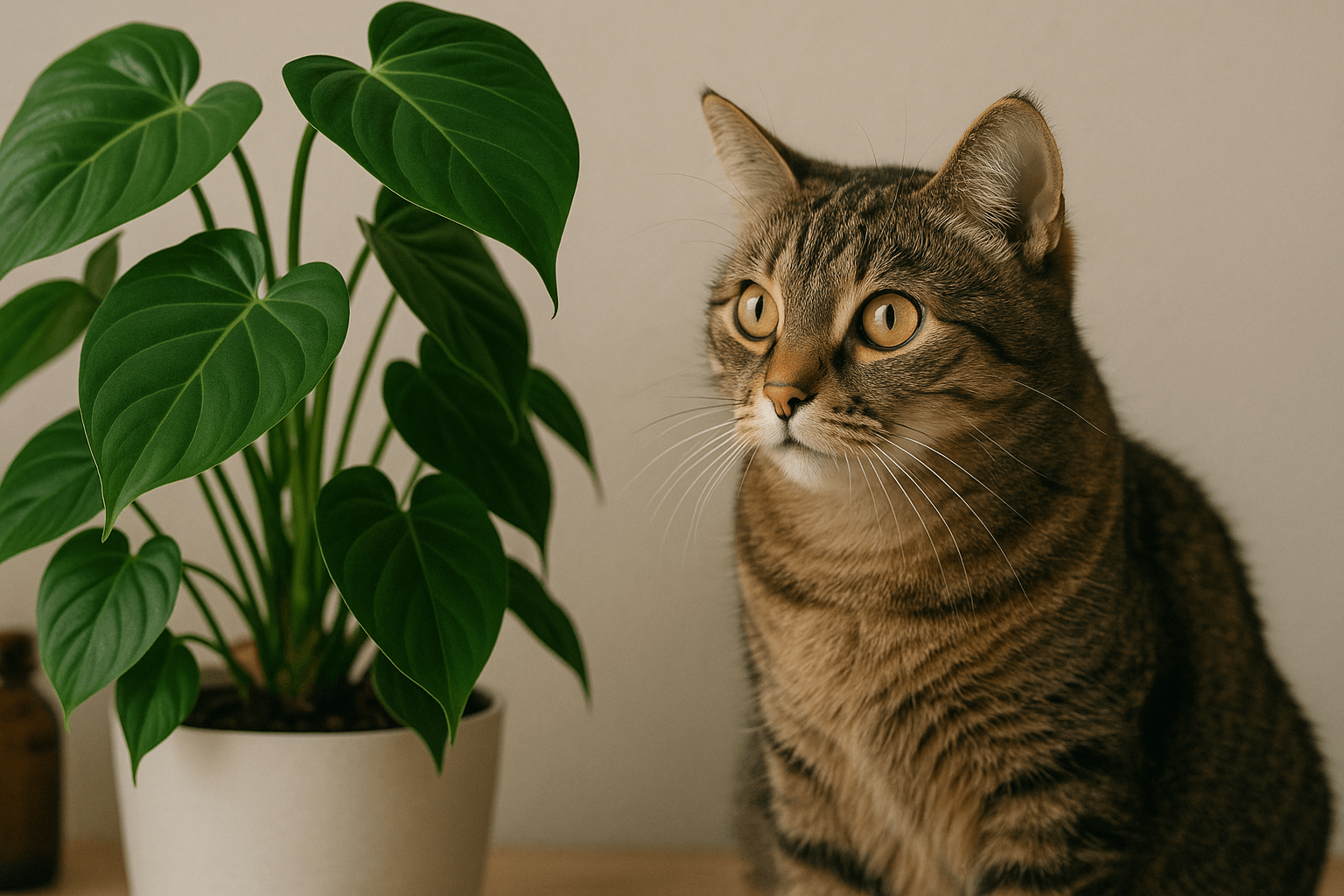Understanding Cat Strabismus: What You Need to Know
Cat strabismus, often referred to as “crossed eyes,” is a condition where a cat’s eyes appear misaligned, pointing in different directions. While it may seem unusual or concerning at first glance, strabismus in cats is not always a sign of serious health issues. In fact, some breeds, like the Siamese, are predisposed to this condition due to their unique genetic makeup. However, strabismus can also indicate underlying medical problems that require attention. Whether your feline friend has always had crossed eyes or you’ve recently noticed this trait, understanding its causes, symptoms, and treatment options is essential for ensuring their well-being. Let’s explore everything you need to know about cat strabismus and how to care for your furry companion.
Causes of Strabismus in Cats
Strabismus in cats can stem from a variety of factors, ranging from harmless genetic traits to more serious neurological or systemic conditions. Identifying the root cause is crucial for determining whether intervention is necessary.
Genetic Predisposition:
Certain breeds, such as Siamese, Himalayan, and Persian cats, are genetically prone to strabismus due to their unique facial structure and eye anatomy.Neurological Disorders:
Issues affecting the brain or nerves controlling eye movement, such as infections or trauma, can lead to strabismus.Inner Ear Problems:
The inner ear plays a key role in balance and eye coordination; infections or inflammation here can result in misaligned eyes.Congenital Abnormalities:
Some kittens are born with strabismus due to developmental issues during pregnancy or birth complications.Systemic Diseases:
Conditions like feline leukemia virus (FeLV) or feline immunodeficiency virus (FIV) can sometimes manifest as strabismus.
By understanding these potential causes, you can better assess whether your cat’s strabismus is benign or requires veterinary evaluation.
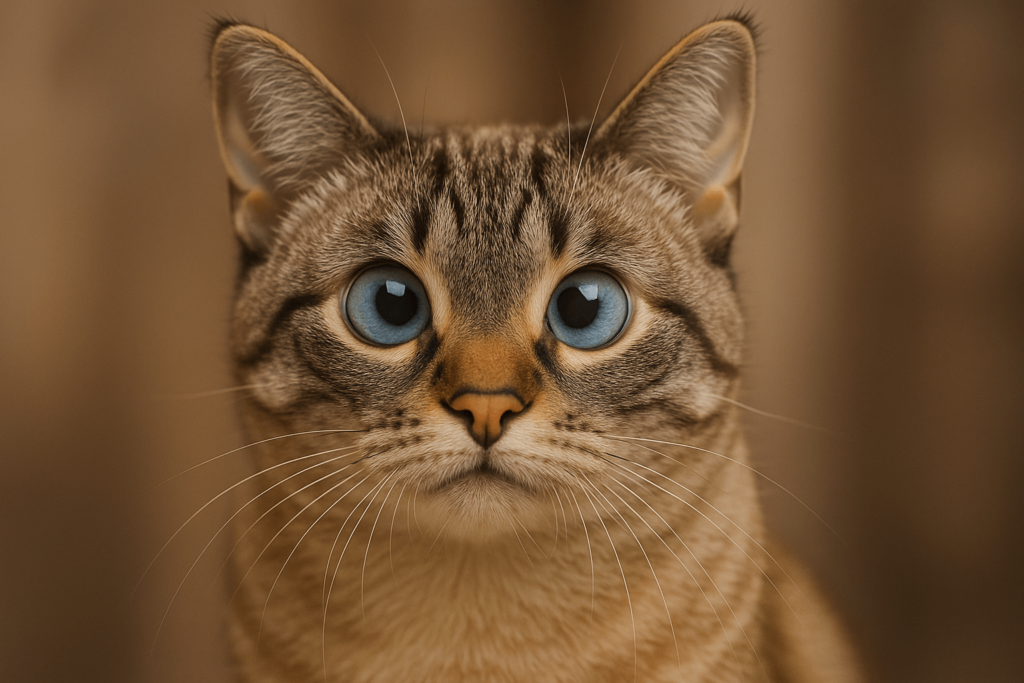
Symptoms That Accompany Strabismus in Cats
While strabismus itself is primarily a visual condition, it is often accompanied by other signs that can help identify underlying health concerns. Observing these symptoms ensures timely intervention if needed.
Head Tilting:
Cats with inner ear issues or neurological problems may tilt their heads persistently alongside exhibiting strabismus.Difficulty Walking or Balancing:
Coordination problems could indicate an inner ear infection or a neurological disorder contributing to the eye misalignment.Nystagmus (Involuntary Eye Movements):
Rapid, uncontrolled eye movements often accompany strabismus caused by vestibular disorders.Lethargy or Loss of Appetite:
These general signs of illness might suggest systemic diseases linked to strabismus.Discharge or Redness Around the Eyes:
Inflammation or discharge may point to an ocular infection rather than a structural issue.
Recognizing these additional symptoms helps paint a clearer picture of your cat’s overall health and guides appropriate treatment decisions.
Check this guide 👉Understanding Cat Eye Mites: Best 7 Expert Tips!
Check this guide 👉Understanding Cat Eyes Anatomy: Best 7 Expert Tips!
Check this guide 👉How to Clean a Cat Eye Infection: Best 7 Health Tips!
Types of Strabismus in Cats | Possible Causes |
|---|---|
Congenital Strabismus | Genetic predisposition or birth defects |
Acquired Strabismus | Neurological disorders or trauma |
Intermittent Strabismus | Inner ear infections or vestibular issues |
Divergent Strabismus (Outward Gaze) | Nerve damage or muscle weakness |
Convergent Strabismus (Crossed Eyes) | Breeding-related traits or nerve issues |
How Veterinarians Diagnose Cat Strabismus
Diagnosing strabismus involves a thorough examination to rule out underlying conditions and determine the best course of action. Here’s what typically happens during a vet visit for this condition.
Physical Examination:
The vet will conduct a comprehensive physical exam, focusing on the eyes, ears, and nervous system.Ophthalmologic Tests:
Specialized tests, such as measuring intraocular pressure or examining the retina, help assess eye health.Neurological Assessment:
Evaluating reflexes, coordination, and cranial nerve function provides insight into possible neurological causes.Imaging Studies:
X-rays, MRIs, or CT scans may be recommended to detect structural abnormalities or injuries.Blood Work and Urinalysis:
These tests screen for systemic diseases that could contribute to strabismus.
A detailed diagnostic process ensures accurate identification of the underlying issue and informs effective treatment strategies.
Treatment Options for Cat Strabismus
The treatment approach for strabismus depends on its cause and severity. While some cases require no intervention, others may need medical or surgical management.
Observation for Benign Cases:
If strabismus is purely cosmetic and doesn’t affect vision or quality of life, no treatment may be necessary.Medication for Infections:
Antibiotics or anti-inflammatory drugs can address inner ear infections or inflammatory conditions causing the misalignment.Surgery for Structural Issues:
Corrective surgery may be considered for severe cases involving muscle imbalance or nerve damage.Supportive Care for Neurological Disorders:
Physical therapy or medications targeting the nervous system can improve symptoms over time.Regular Monitoring by a Vet:
Even in mild cases, periodic check-ups ensure the condition doesn’t worsen or develop complications.
With proper care and attention, most cats with strabismus can live happy, healthy lives.
Living with a Cat with Strabismus
Living with a cat who has strabismus requires patience and adaptability. While the condition itself may not pose challenges, understanding how to support your pet ensures they thrive in their environment.
Provide Safe Spaces:
Ensure your home has cozy, easily accessible spots where your cat feels secure and comfortable.Monitor Playtime:
Watch for any signs of difficulty during play or navigation, which might indicate worsening vision or coordination issues.Use Visual Cues:
Place food bowls, litter boxes, and toys in consistent locations to minimize confusion for visually impaired cats.Avoid Stressful Situations:
Minimize loud noises or sudden changes that could startle or disorient your cat.Celebrate Their Uniqueness:
Embrace your cat’s quirks and share their story with friends and family to spread awareness about strabismus.
By adapting your lifestyle to accommodate your cat’s needs, you create a harmonious living environment for both of you.
Preventing Complications in Cats with Strabismus
Preventing complications associated with strabismus involves proactive measures to safeguard your cat’s overall health. These steps reduce risks and promote long-term well-being.
Schedule Regular Vet Visits:
Routine check-ups allow early detection of any changes in your cat’s condition.Maintain Dental Hygiene:
Poor dental health can exacerbate systemic diseases linked to strabismus. Brush your cat’s teeth regularly.Keep Vaccinations Up-to-Date:
Protect your cat from infections like FeLV and FIV, which can contribute to neurological or ocular issues.Provide a Balanced Diet:
Nutritious food supports immune function and reduces the risk of systemic illnesses.Observe Behavioral Changes:
Subtle shifts in behavior can signal underlying problems requiring prompt veterinary attention.
Taking preventive actions ensures your cat remains healthy and happy despite their strabismus.
Fun Facts About Cats with Strabismus
Cats with strabismus often capture our hearts with their endearing expressions and unique personalities. Here are some fun facts that highlight the charm of these special felines.
They’re Often Nicknamed “Googly-Eyed”:
Many owners affectionately refer to their cross-eyed cats as “googly-eyed” due to their adorable gaze.Siamese Cats Are Famous for Strabismus:
The breed’s striking blue eyes and occasional crossed appearance make them iconic in the feline world.They Have Exceptional Personalities:
Cross-eyed cats are often described as playful, curious, and full of personality.Social Media Sensations:
Cats with strabismus frequently gain popularity online for their quirky looks and heartwarming stories.They Inspire Compassion:
Adopting a cat with strabismus fosters empathy and reminds us to appreciate imperfections in all living beings.
These delightful facts remind us that beauty comes in many forms—and cats with strabismus are no exception!
Frequently Asked Questions About Cat Strabismus
Is strabismus painful for cats?
Not necessarily. Most cats with benign strabismus experience no pain, though underlying conditions might cause discomfort.
Can strabismus be corrected surgically?
Yes, surgery is an option for certain cases, particularly those involving muscle or nerve abnormalities.
Does strabismus affect my cat’s vision?
It depends on the cause. Some cats retain normal vision, while others may have impaired depth perception or blindness.
Does strabismus affect my cat’s vision?
Yes, breeds like Siamese, Himalayan, and Persian cats are genetically predisposed to this condition.
When should I see a vet about my cat’s strabismus?
Consult a vet if the strabismus develops suddenly, is accompanied by other symptoms, or seems to impact your cat’s daily activities.
Embracing Your Cat’s Unique Traits
Cat strabismus may initially raise concerns, but it’s often a harmless quirk that adds character to your feline companion. Whether it’s a genetic trait or a symptom of an underlying issue, understanding the condition empowers you to make informed decisions about your cat’s care. With proper veterinary guidance and attentive monitoring, you can ensure your cat enjoys a fulfilling life despite—or even because of—their distinctive appearance. After all, every cat deserves love and acceptance, crossed eyes and all!
Tabby Cat vs Tortoiseshell: Best 7 Expert Tips! Discover the differences in patterns, personalities, and care needs between tabby and tortoiseshell cats to find your perfect feline companion.
Understanding Trichomoniasis in Cats: Best 7 Expert Tips! Discover symptoms, treatment, and prevention strategies for this common feline parasite to keep your cat healthy and happy.
Where to Place a Cat Litter Box? Best 7 Expert Tips! Discover ideal spots, avoid common mistakes, and learn how to keep your cat happy with perfect litter box placement.
Are Philodendrons Toxic to Cats? Best 7 Expert Tips! Discover if philodendrons are safe for cats, symptoms of poisoning, and expert advice to keep your feline friend healthy around houseplants.

